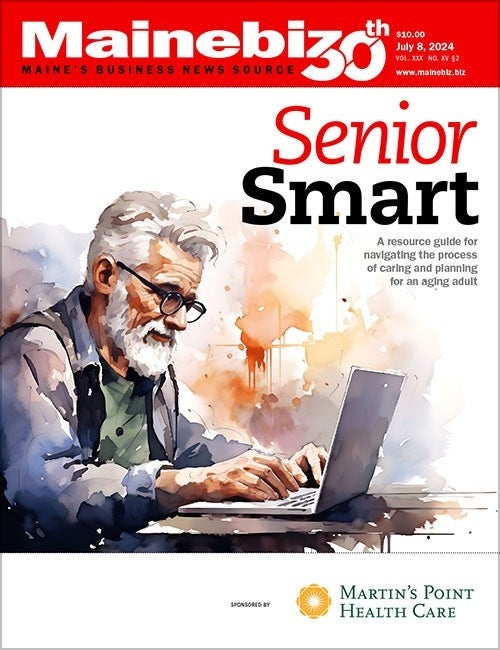
How to attract and retain older employees
May is Older Americans Month, a time to celebrate the contributions and achievements of older Americans, strengthen our commitment to honoring our older citizens, and promote flexible thinking about aging. For employers, it’s a great time to evaluate workplace culture and hiring practices to see how you might better attract and retain older employees.

According to the Bureau of Labor Statistics, over half of the labor force growth from 2021 to 2031 is projected to come from the 65-and-older age group. So if you’re not already recruiting older workers, it’s a strategy that makes sense when planning for the future. In an age where “quiet quitters” are said to make up 50% of the U.S. workforce, older employees are often praised for their ability to show up for work on time, accomplish the tasks they set out to do in a timely manner, and get less distracted scrolling on social media.
What can you do as an employer?
Be inclusive in your marketing efforts: What visuals do you use in your hiring and recruiting process? Do your website, social channels, and other marketing materials showcase employees that are relatable to diverse prospective recruits? You’ll be more likely to attract an older audience if they see people their age already represented within your brand. If you’re advertising an open position, stay away from stereotypical language that implies the role is best suited to a person of a specific age.
Offer benefits that appeal to older employees: If you’re not already, consider offering benefits that might especially appeal to an older audience. This might include benefits like wellness programs, retirement savings plans, life insurance policies, long-term care and long-term disability insurance, discounted prices on supplemental policies that provide additional peace of mind, or health insurance that covers dependents such as grandchildren or aging parents.
Redesign your roles: Do you have the opportunity to adapt a physically demanding role to be more accessible to a wider audience? This can make the role more appealing to employees with a variety of different abilities, and can often help streamline processes that previously required additional steps. You might also think about offering shorter shifts or flexible schedules that will appeal to people who are no longer interested in working full time or who have outside responsibilities that make a full eight hour day challenging.
Take a stand against ageism: Age isn’t always included in DEI initiatives but it should be. With people living longer and working later in life, it’s important to emphasize the benefits of an age-diverse workforce. You should also work this into any training initiatives that are in place for new or existing employees. Nurturing a culture of respect in the workplace will benefit all of your employees and make yours a more appealing workplace to those considering employment.
Offer options for phased retirement: You might already have some incredible older adults in your workforce, and if that’s the case you’d probably like to keep them around as long as possible. Phased retirement allows them to slowly work toward retirement with a reduced schedule and the opportunity to keep earning an income. It’s a win-win in most cases, with employers benefiting from having longtime employees stick with the company to share additional knowledge and skills before departing.
Use this month as an opportunity to explore diverse aging experiences, fight stereotypes in the workplace, and consider how a diverse workforce can really help your business thrive.
Megan Walton is the CEO of Southern Maine Agency on Aging. She can be reached at mwalton@smaaa.org









0 Comments